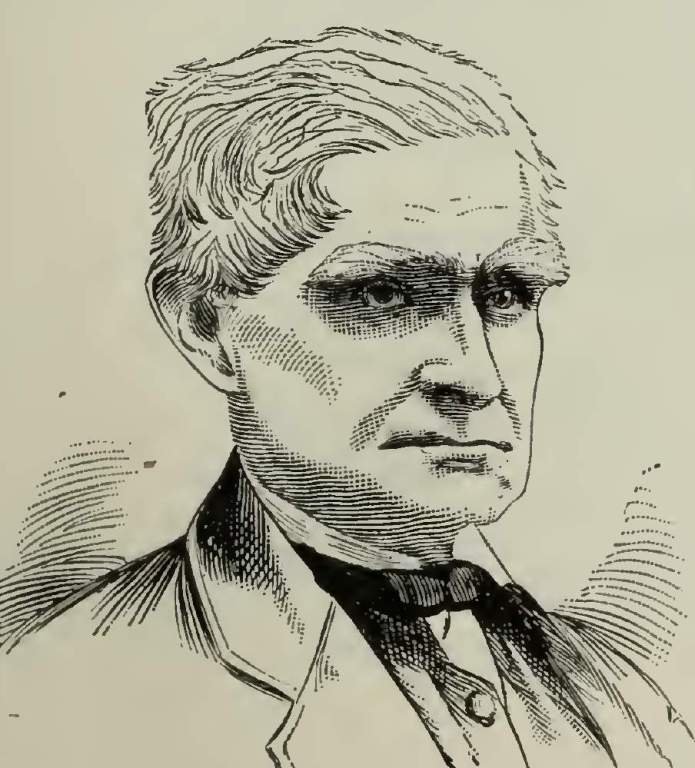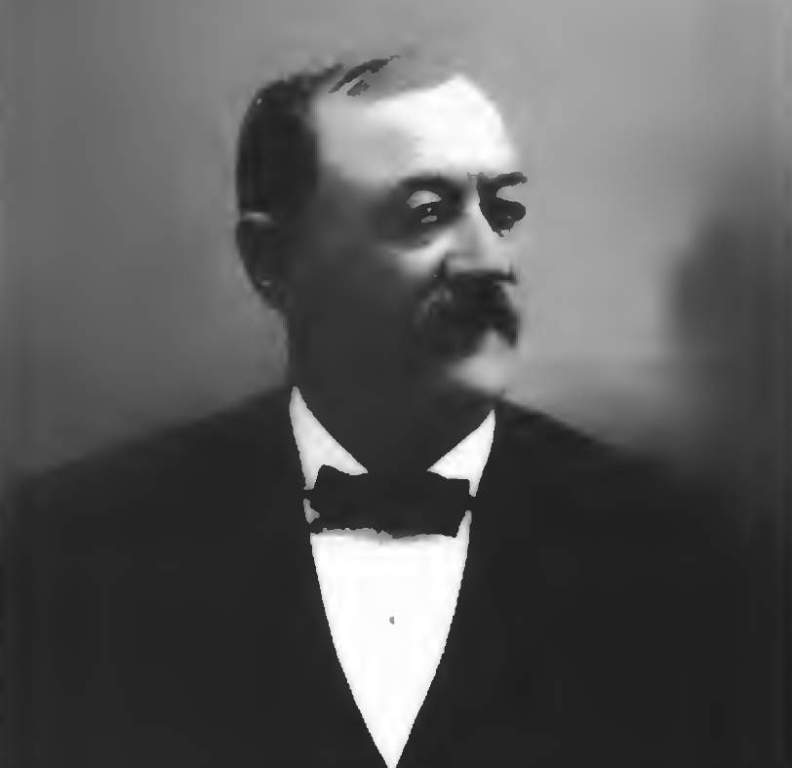Liegnitz is a modern-day Poland where the Mongol Empire invaded Europe in 1236 vs. the Polish Duchies. Genghis Khan was born in Temüjin in 1162 and became Khan (“universal ruler”) after uniting the Mongol tribes. In 1236, Mongol armies invaded the Kipchak Turks’ lands and devastated Russia, burning its principal city, Kiev. The Mongol commander, Batu, angered by King Bela IV’s sheltering of Kipchak refugees, attacked Hungary. A secondary detachment of 20,000 Mongols under leaders Kadan and Baidar embarked on a diversionary campaign against Poland. After the Mongols sacked Cracow, Duke Henry of Silesia marched to face them at Liegnitz (at this time Legnica), near Wroclaw, without waiting for a second army of reinforcements, led by Duke Wenceslas of Bohemia, to join him. Duke Henry’s peasant levies, bolstered by small detachments of cavalry, only numbered half of the Mongols’ numbers.

The Mongols drove back his first assault, so Henry sent his horsemen to attack. Feigning a retreat, the Mongolians cut off the Polish horsemen by setting fire to their rear. Unable to see, the knights fell into disarray, and the Mongol archers devastated them with arrow volleys. Then the Mongol cavalry charged into the European infantry, causing serious casualties, with Duke Henry among the dead. Moreover, combined with the defeat of Bela IV’s army at Mohi two days earlier, this massive loss left Western Europe vulnerable to the Mongol hordes. Thus, weeks later, however, Batu’s attention was drawn by the death of the Great Khan godei. The Mongols retreated eastward, and they never returned to attack Eastern Europe with such force.

The Mongols were once an obscure and divided nomadic people on the East Asian steppe. Mongols were united by Genghis Khan, who was elected Great Khan in 1206. With a strangely high level of military organization, the Mongols subjugated neighboring states, including Khwarizmia, Persia, China, and the Abbasid caliphate, for the next fifty years. The massive attack on Europe was only halted by the death of the Great Khan Ögodei (the son of Ghengis Khan) and feuding among the Mongol nobility. Such feuds broke the Empire into separate khanates based in China, Mongolia, Russia, and Persia.
The Mounted Warriors: This is a 13th-century Japanese painting, attributed to Tosa Nagata, which portrays the Mongol horsemen as they looked at Liegnitz. The Mongol military might depend entirely on its cavalry. Mongol troopers were mostly light cavalry horse archers; the rest were armored lancers.

Terror Tactics: After the battle at Liegnitz, the Mongols paraded Duke Henry’s head on a spike around town. This is depicted in this illustration from a 15th-century manuscript. It was a typical Mongol gesture aimed at terrorizing the population, and it ended any further resistance.
Read More: The Living Legacy of the Hohokam Culture







